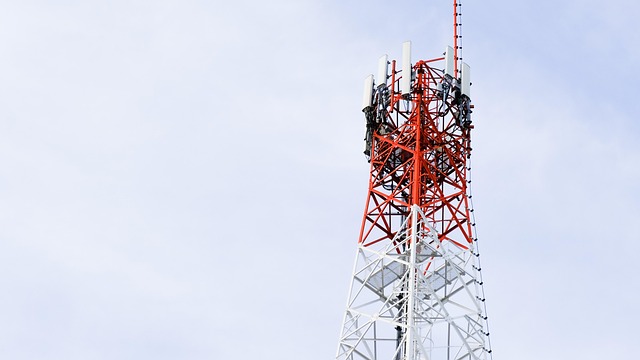Introduction: The Lingering Puzzle of Long COVID
Long COVID, formally known as Post-Acute Sequelae of SARS-CoV-2 infection (PASC), describes a wide range of persistent symptoms that can linger for weeks, months, or even years after the initial COVID-19 illness. Affecting multiple organ systems, from neurological to cardiovascular, these symptoms significantly impact daily life. While the precise causes of Long COVID are still under investigation, a growing body of evidence points towards the dysregulation of immune cells, particularly mast cells, as a key contributing factor.
Mast Cells: Immune Sentinels with Double-Edged Swords
Mast cells are specialized immune cells residing in tissues throughout the body, acting like sentinels at the boundary between us and the outside world (e.g., skin, airways, gut). They contain granules packed with powerful chemical mediators, such as histamine, tryptase, cytokines, and chemokines. When activated, mast cells rapidly release these substances (a process called degranulation) to orchestrate inflammatory responses, crucial for fighting infections but also capable of causing chronic inflammation and allergic reactions when dysregulated.
Connecting Mast Cell Activation to Long COVID Symptoms

Many hallmark symptoms of Long COVID—including debilitating fatigue, 'brain fog' (cognitive dysfunction), rapid heart rate (tachycardia), shortness of breath, and digestive issues—overlap significantly with symptoms seen in mast cell activation syndromes (MCAS). This suggests that inappropriate or persistent mast cell activation following SARS-CoV-2 infection could be driving these problems. For instance, released histamine can increase blood vessel permeability and affect nerve signaling, contributing to swelling, flushing, and neurological symptoms. Pro-inflammatory cytokines released by mast cells can fuel systemic inflammation, leading to widespread fatigue and pain, like persistent, low-level alarms sounding throughout the body.
Why Might Mast Cells Stay Active in Long COVID?

Researchers are exploring several hypotheses for sustained mast cell activation in Long COVID: 1. **Persistent Viral Material:** Fragments of SARS-CoV-2 (like spike protein or RNA) may linger in tissues, acting as a constant trigger for nearby mast cells. 2. **Autoimmunity:** The infection might induce the production of autoantibodies that mistakenly target components involved in mast cell regulation, leading to inappropriate activation or hindering their 'off' switches. 3. **Microbiome Disruption (Dysbiosis):** Changes in the gut microbiome, often seen after COVID-19, could increase gut permeability ('leaky gut'), allowing microbial products to enter the bloodstream and trigger systemic mast cell responses. 4. **Tissue Damage and Inflammation:** Lingering inflammation or damage from the initial infection could create an environment that keeps mast cells on high alert.
Targeting Mast Cells: Potential Therapeutic Avenues
Understanding the role of mast cells opens potential therapeutic avenues for Long COVID. Strategies being investigated include: 1. **Mast Cell Stabilizers:** Medications (like cromolyn sodium or ketotifen) designed to prevent mast cells from degranulating and releasing their inflammatory contents. 2. **Histamine Receptor Antagonists:** Antihistamines (targeting H1 and H2 receptors) to block the effects of histamine, potentially alleviating symptoms like brain fog, POTS-like symptoms, and allergies. 3. **Leukotriene Inhibitors:** Drugs that block leukotrienes, another class of mediators released by mast cells involved in inflammation and respiratory symptoms. 4. **Targeted Biologics:** More specific therapies aimed at blocking key cytokines or receptors involved in mast cell activation are also under consideration.
Future Research: Illuminating the Mast Cell Connection
Ongoing research is vital to fully understand the intricate relationship between mast cells and Long COVID. Key goals include pinpointing the specific activation pathways and mediator profiles in Long COVID patients, identifying reliable biomarkers of mast cell activation in this context, and rigorously evaluating the efficacy of mast cell-directed therapies through well-designed clinical trials. Deepening our knowledge is essential for developing targeted treatments and ultimately improving outcomes for individuals struggling with Long COVID.
- Pinpointing specific mast cell activation pathways in Long COVID.
- Characterizing the unique profile of mediators released by mast cells.
- Identifying reliable biomarkers for diagnosis and monitoring.
- Conducting clinical trials to evaluate mast cell-targeted therapies.
